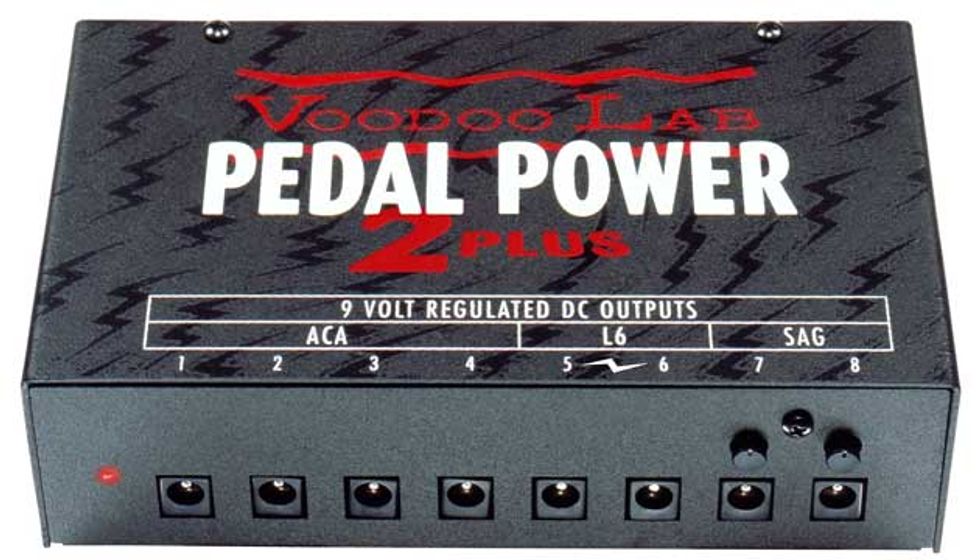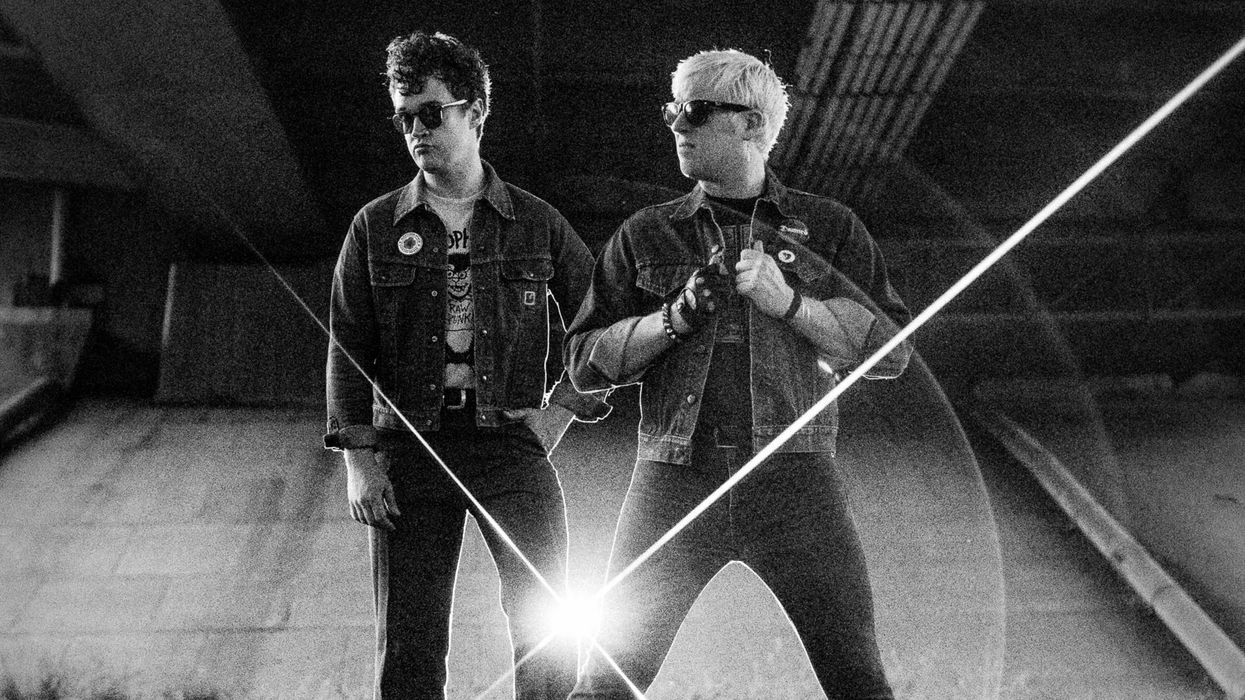Space. The final frontier? Perhaps.
The most essential ingredient in emotive communication? No doubt.
Whether we’re talking music or conversation, dance or semaphore—without space, it all means nothing. Space allows us to consider what has just occurred. It allows whatever preceded it to sink in. It also creates anticipation—what comes next?
Every highly regarded player you can think of has understood the value of space. From Beck to Hendrix, Bream to Metheny—all have understood space and how to use it. It’s one of the great differentiators between them and the rest of us mortals.
Space is scary. When most folks get nervous, they fill up space with business, fidgeting, and general faffing about. The same applies to players. How many times have you been invited to participate in a jam session of some sort, only to find yourself immersed in the uniquely cacophonous soup that is eight dudes trying to play way too much, all at the same time? Red-hot needles in the eyes, or this experience? (Those needles are looking pretty tempting!)
We’re all guilty of this from time to time. I’ve seen some of the best fall prey to overplaying. We’re all human.
Consider the context you find yourself playing in. You can leave all the space in the world in your playing, but it won’t mean squat if you’re in the midst of a sub-amateur Grateful Dead tribute/jam band. It’s like a canvas: The clearer it is, the greater the potential impact of a single line.
Take Mr. Beck (I know I keep harping on him, but he is Jeff Beck): His bands provide a perfect springboard/harmonic canvas for him to express himself. There’s so much space. Drums, bass, some spacious keyboard pads. Even when ripping through the frenzied fusion glory of “Scatterbrain,” the rhythm section and keys are locked in tighter than sardines and there’s still space for Beck to unleash.
Okay, so we’re all onboard: Space is magical, and essential for brilliant music. But how does this apply to effects?
Consider your pedalboard. When you look at it, do you see a finely honed palette of tonal colors ready to sonically elevate your expression to ever-higher levels of ecstasy? Or do you see the pedal equivalent of eight dudes who’ve all had a few too many beers and are poised and ready to butcher a 47-minute version of “Freebird?” (“Just one … more … solo.”)
You don’t have to answer that.
Consider working on your pedalboard in the same way you would work with a band. Perhaps the band is awesome and needs no tweaking. Fantastic—stop reading and do more playing! However, if things don’t feel quite right, try breaking them down. Clear the decks and start afresh.
If you were asked to help a troubled band get better, you’d probably look first at the rhythm section. Are the bass player and the drummer communicating? Is the drummer’s right foot locked in with the bass player’s right hand? Get them working together on a simple groove, just the two of them. No fills, no solos, no slapping—just the groove. Then add in the other instruments one at a time, considering the sound each one contributes. Have them play what’s needed, and nothing more.
A power supply with isolated outputs can help you clean up your pedalboard.
Try approaching your pedalboard this way. Start by clearing your signal path. Pull off all the pedals and get your power supply sorted—nice, clean, and filtered. A supply with isolated outputs will be perfect. (My favorite power supplies are made by the good folks at Voodoo Lab.)
Then dial in your clean sound—no pedals yet. Call up a sound that makes you happy. Now add one pedal—perhaps a foundation overdrive. Engage and disengage the pedal and hear how it sits in your sound. Next, add another foundation pedal—maybe a compressor. Again, listen to how it sits, engaging and disengaging it. Then do the same with and without the overdrive. Then add another pedal and repeat the process. Switch them out if they’re not working.
This way of setting up a pedalboard is like building a structure brick by brick, as opposed to putting all the bricks in place at once and then squishing mortar between them. Each brick (pedal) is evaluated as it’s added to the structure. If it stays, it’s there for a specific reason. Because you spend time listening to each pedal and evaluating how it fits with the other pedals, you will end up like a master, able to add just a dash of this or a dab of that, all serving your sonic vision.
Which finally leads us back to space. Once you know exactly how each of your pedals fits with the others, you’re suddenly in a better position to leave sonic room. Rather than haphazardly clicking footswitches and hoping for the best, you’re like a painter with complete control over his palette—and less like those folks gagging at the bit to get out there and fill up all that … space!




























